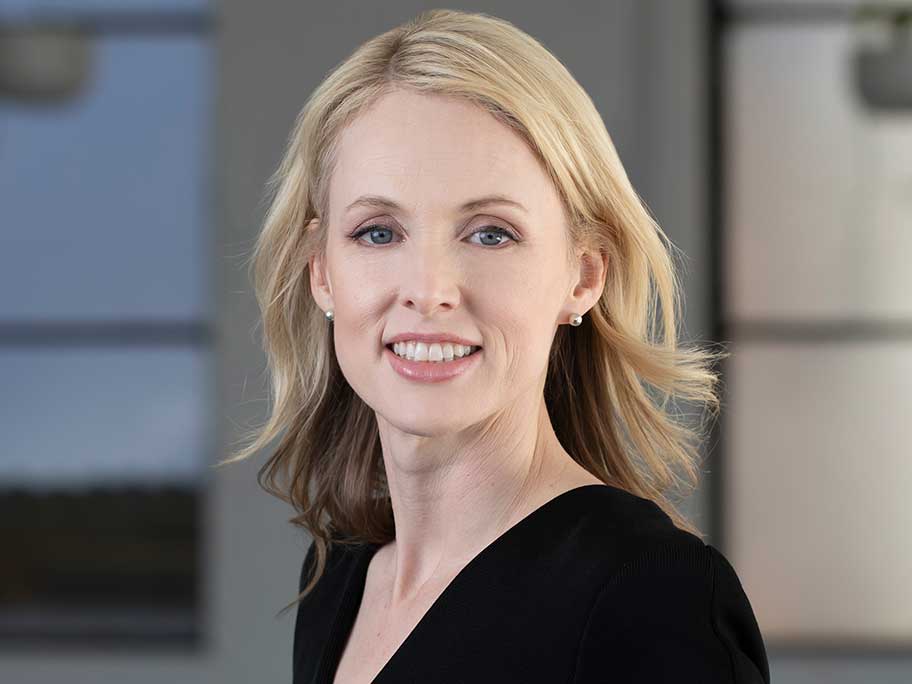‘I was a shadow of myself’: How long COVID changed Dr Bronwyn King

“I live a very different life now.”
This is Melbourne oncologist Dr Bronwyn King describing what two bouts of COVID-19 did to her and how they continue to hold sway.
The first infection was in February 2022 after her children contracted the disease at primary school.
Dr King — who had received three vaccines by that time — at first seemed to be “one of those lucky people who had a completely asymptomatic course”.
Then the crushing fatigue arrived. She began to sleep for 4-7 hours during the daytime.
“I did work when I was awake, but my work capacity would have been cut by 90%,” Dr King tells AusDoc.
“I was a shadow of myself.”
She struggled to walk, let alone resume her old exercise program of boxing, weights and cross-training.
Eighteen months later, she is still not back to normal.
“Pre-COVID-19, I was strong and healthy and pushed myself with exercise,” Dr King says.
“I do not exercise with confidence anymore because I am nervous.
“For three months [after my first infection], my heart was impacted.
“I had incidents where my heart would beat very quickly, and sometimes it would have a big pause between beats, which is extremely unpleasant and concerning when it happens.
“I had a couple of episodes of feeling like I was going to faint.
“Because of that, it has made me somewhat cautious when I exercise because I am nervous something like that might happen again.”
Despite limiting her indoor social contacts, Dr King contracted COVID-19 again in December 2022.
She was ill for five weeks.
“Apart from COVID-19, I have never had a five-week illness in my life,” she says.
Dr King says everything she does now “has a COVID-19 overlay”.
“I am always thinking of the risks.
“I was once a big entertainer in the home, but we do not do that anymore.”
“We go on bike rides; we have picnics; we meet people at the beach and go for a walk.”
A long-time anti-tobacco campaigner, Dr King has refocused her advocacy on air quality — not just in relation to infectious diseases but also bushfire smoke and vehicle exhausts.
In the past six months, she has hosted two round tables at Parliament House in Canberra, presenting to MPs alongside public health specialists, respiratory physicians, scientists and architects.
“Ultimately, we will need to implement new building standards for clean air, with mechanical ventilation and air purification happening in the background,” she says.
Having been prescribed nirmatrelvir–ritonavir (Paxlovid) for her second infection, she wants PBS rules to acknowledge the drugs’ potential to prevent long COVID.
This could mean funding the treatment for patients with previous severe infections or for women aged 30-60, who are at greater risk of long COVID, she says.
“There is evidence Paxlovid decreases the risk of long COVID, which is such a debilitating disease — certainly a disease that has completely changed my life,” says Dr King.
She is also keen to see a “refreshed” COVID-19 public health campaign, saying many patients still think the virus spreads primarily via contaminated surfaces.
“It certainly feels like most people have moved on and want to pretend that COVID-19 does not exist.”
“To be honest, I would love to be able to do that too, but pretending a virus does not exist does not make it go away.”
| Long COVID and doctors |
| While Dr King’s first infection was not related to her work, there are questions over the fallout of long COVID for the medical workforce. The scope is hard to quantify, although researchers have made attempts. One study from Brazil, where 700,000 people are estimated to have died from COVID-19, suggested 27% of healthcare workers had long COVID. Writing in Infection Control & Hospital Epidemiology, the researchers said health workers risked more frequent infections, which were in turn linked with a higher long COVID risk. Their study used a broad definition of long COVID — symptoms persisting beyond four weeks with no alternative explanation. The Australian Institute of Health and Welfare (AIHW) says that, depending on the definition used, the population-wide prevalence of long COVID can be put anywhere from 8% to as high as 80%. If using a strict definition of fatigue, poor cognition or shortness of breath lasting for 12 weeks or more, the AIHW puts the prevalence at around 6%. |
Read more:

